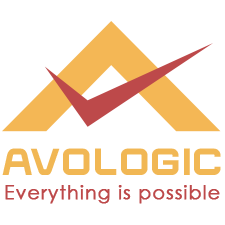A typical robotics course in electronics covers the following topics:
- Introduction to Robotics: The course starts with an introduction to the field of robotics, including the history of robotics, types of robots, and applications of robotics in various fields.
- Kinematics: This section covers the basics of robot kinematics, including the different types of joints and their movement, forward and inverse kinematics, and the mathematical models for describing robot motion.
- Sensors and Actuators: In this section, learners will learn about the various sensors and actuators used in robotics, including proximity sensors, vision sensors, force/torque sensors, and servo motors.
- Robot Control: This section covers the basics of robot control, including open-loop and closed-loop control systems, proportional-integral-derivative (PID) control, and feedback control.
- Robot Programming: In this section, learners will learn how to program robots using various programming languages and tools, such as Robot Operating System (ROS), Python, and C++.
- Robot Vision: This section covers the basics of robot vision, including image processing, object recognition, and tracking.
- Robot Navigation: This section covers the basics of robot navigation, including path planning, obstacle avoidance, and localization.
- Robot Applications: In this section, learners will learn about the various applications of robots in different industries, such as manufacturing, healthcare, and agriculture.
By the end of the course, learners should have a good understanding of the fundamentals of robotics, including the different components that make up a robot, how robots move, how to program robots, and how robots can be used in various applications. They should also be able to design and build simple robotic systems using basic sensors and actuators.
Page Copyright
© Copyright @Avologic 2016 - 2023 All Rights Reserved.
